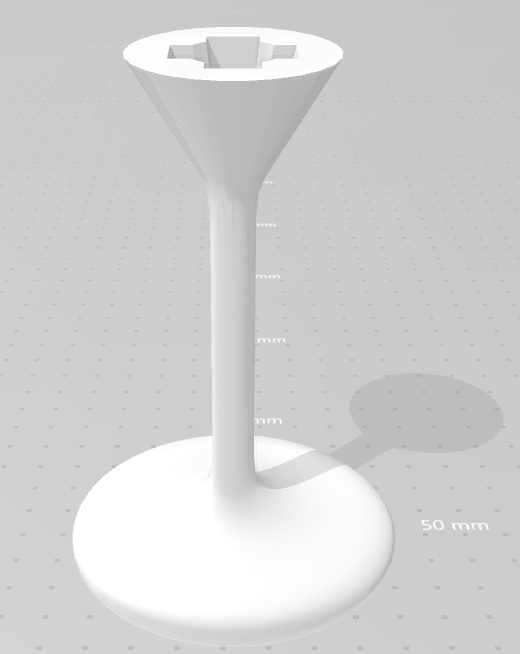What is a design?
Design is the external form of a product, but it can also refer to a part of a product. For a design to be protected it must meet a number of criteria. The design must be new and have an individual character. As regards the requirement of novelty, no identical or almost identical design should have been made available to the public.
Registration plays a major role in the acquisition of design rights. To acquire design rights, registration is required in the same manner as for a trademark. The design can be registered for the Benelux or Internationally, and a European design application can also be filed. As is the case with trademark registration, if no registration has taken place, no action against infringement is possible.
A Benelux design is valid for 5 years after the date of filing and can be renewed for a period of 5 years, up to 4 times. An international application is also valid for 5 years and may be renewed several times for that period. The European design has a maximum term of 25 years.
It is worth paying attention to an exception to the rule that if a design is not registered, no right to this design is acquired.
In addition to the registered European design, there is the unregistered European design. In the case of an unregistered design, design rights are acquired without the design having been registered.
We would like to emphasise the disadvantages of this “design right”.
An unregistered design is protected for three years after its first publication. After the three-year period, it is not possible to obtain a European registration as the novelty requirement is no longer met.


